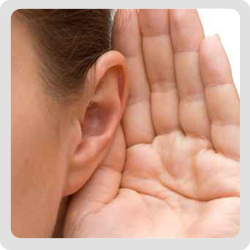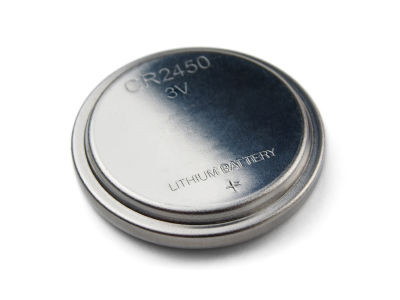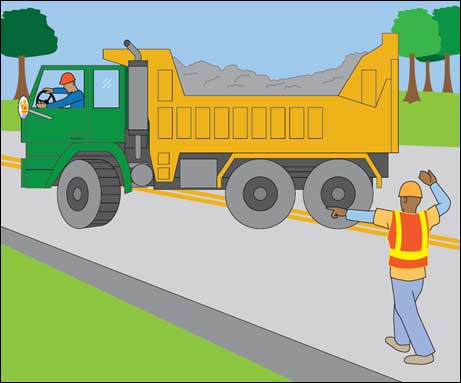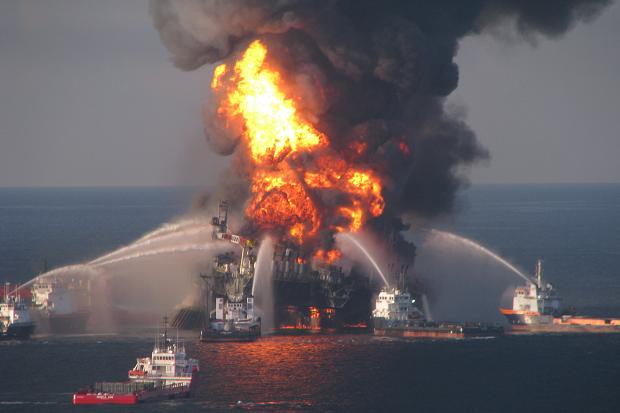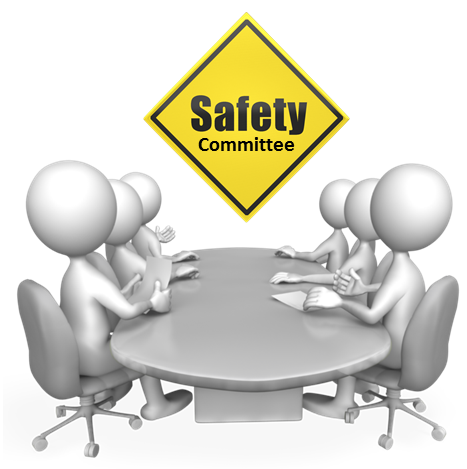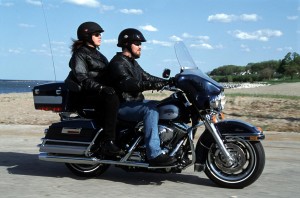 Among all motor vehicles, motorcycles are the most vulnerable on the road. Because motorcycles do not have seat belts, you can be thrown off your seat in a crash, which can result in serious injury or even death. Imagine your chance for survival if a truck strikes you, or if you strike it. Hitting a truck is like hitting a steel wall. However, your chance for survival will be increased if you wear a helmet and follow the safety tips below when riding your motorcycle.
Among all motor vehicles, motorcycles are the most vulnerable on the road. Because motorcycles do not have seat belts, you can be thrown off your seat in a crash, which can result in serious injury or even death. Imagine your chance for survival if a truck strikes you, or if you strike it. Hitting a truck is like hitting a steel wall. However, your chance for survival will be increased if you wear a helmet and follow the safety tips below when riding your motorcycle.
WATCH THE NO-ZONES
Never hang out in a truck’s blind spot or “No-Zone.” Trucks have large No-Zones on both sides, the front and behind the truck. Truck drivers cannot see you when you ride in these blind spots, which allows for a greater chance of a crash. The front blind spot is particularly dangerous if you need to stop quickly. Because of their lightweight and braking system, motorcycles can stop much faster than trucks. A truck may not be able to stop as quickly as you do, so you need to take special precautions to avoid crashes before they happen.
ALWAYS WEAR A HELMET
Make sure to always wear a helmet. Beware of helmets that do not meet U.S. Department of Transportation (DOT) standards. Check for the DOT label inside your helmet. Helmets are the most important piece of equipment you can wear when riding your motorcycle. A helmet could be your only source of protection in a serious crash.
DRIVE TO SURVIVE
Motorcycles are the smallest vehicles on the road. Unfortunately they provide virtually no protection in a crash. Other drivers may not see you on your motorcycle, so you must be aware of everything on the road. Be extra cautious, paying attention to the signals and brake lights of other vehicles, especially trucks. However, you still need to be prepared in the event their signals or lights don’t work. Ride with caution and drive defensively. Even though your motorcycle may be small, you must adhere to the laws of the road. Never ride in between lanes in traffic or share a lane with another vehicle. Don’t instigate aggressive driving with other motorists; you will only increase your chance of a crash.
CHECK YOURSELF AND YOUR BIKE
Conduct a safety inspection of your motorcycle before each ride, and wear protective clothing including gloves, boots and a jacket. Proper maintenance and protective clothing will help reduce your chance of an crash or the severity of injury if you are involved in a crash, especially with a large truck or bus.
WATCH YOUR SPEED
Of all vehicles, motorcycles accelerate the fastest, while trucks and buses are the slowest. Please watch your speed around trucks, especially in bad weather or at night. Colliding with the back of a truck will end your riding days.
via FMCSA | Share The Road Safely Program: Motorcyclist Safety.
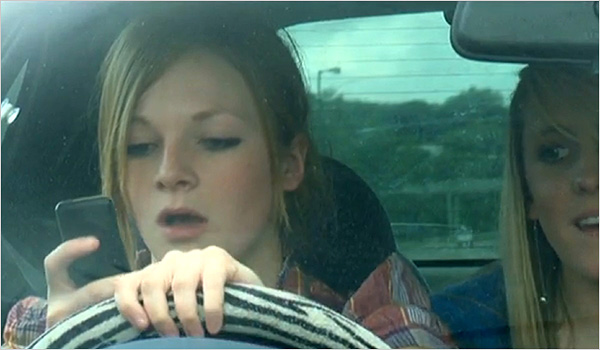 Most American teenagers are told not to text and drive, but the evidence is millions are not listening. In an analysis of a 2011 survey done by the Centers for Disease Control, 46 percent of drivers at age 17 admitted they texted while driving, a number that rose to 52 percent for drivers over 18. Distracted driving – including texting – is now the leading single cause of teenage fatalities.
Most American teenagers are told not to text and drive, but the evidence is millions are not listening. In an analysis of a 2011 survey done by the Centers for Disease Control, 46 percent of drivers at age 17 admitted they texted while driving, a number that rose to 52 percent for drivers over 18. Distracted driving – including texting – is now the leading single cause of teenage fatalities.
